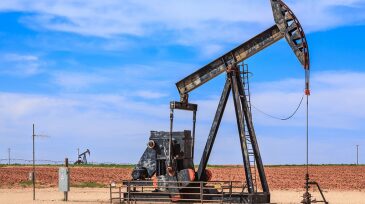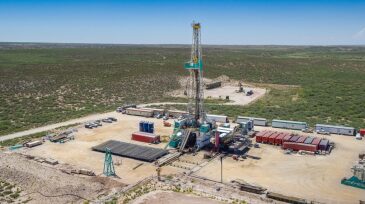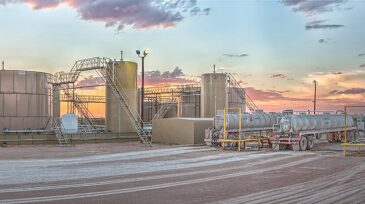Permian Basin
-
A pair of Permian pure-play operators are consolidating to form a regional drilling and production powerhouse.
-
Big-data mining techniques can help determe the type-curves and the resulting estimated ultimate recovery of an asset being evaluated for acquisition.
-
As producers and third-party vendors navigate the logistical challenges of water management, the push toward greater reuse of produced water has gained steam. How close is the industry to 100% reuse?
-
The rising oil production and produced water volumes in the Permian are expanding the scope and scale of recycling. Apache is aiming to have 50% of its hydraulic fracturing water made from recycled produced water this year.
-
The University of Texas of the Permian Basin hosted its first annual Permian Basin Water in Energy Conference on Wednesday at the Horseshoe Pavilion and presented a forum to discuss the myriad issues surrounding water use.
-
The rising oil production and produced water volumes in the Permian are expanding the scope and scale of recycling. Apache is targeting 50% of its frac water to be made up from recycled produced water this year.
-
Drilling and completion expenditure and activity is projected to show multiyear double-digit growth from 2018–2022 despite a flattening of rig count increases.
-
The Irving, Texas-based supermajor plans to cash in on its expanded foothold in the Permian Basin, aided by a big reduction in the US corporate tax rate.
-
Rising oil production in the Permian Basin has created an opportunity for midstream companies to acquire and expand pipeline infrastructure to handle a predicted spike in produced water.
-
The effect of frac hits on production economics is becoming more important as a result of the high-speed drilling in the US shale sector. Recent research reveals the financial and recovery risks involved if well spacing results in well-to-well interference.









